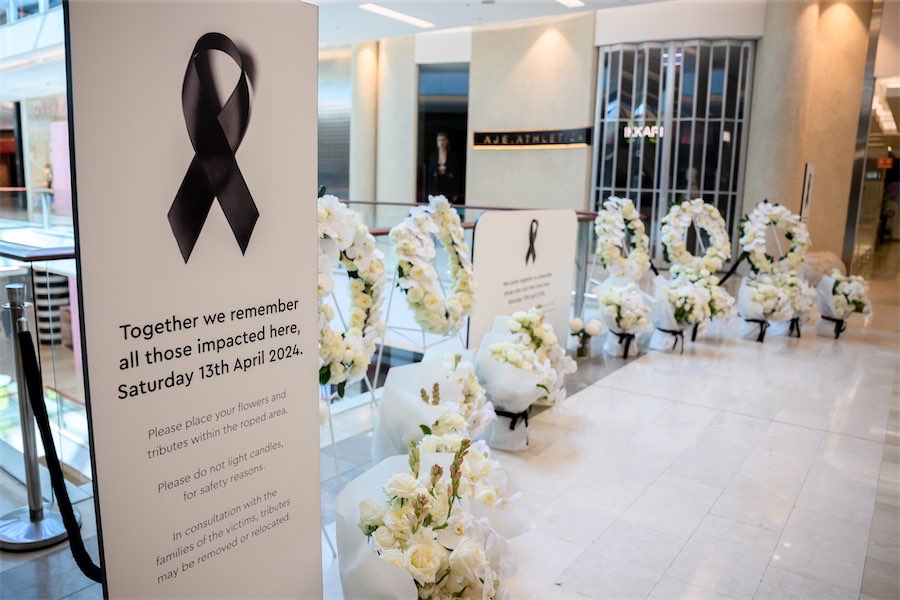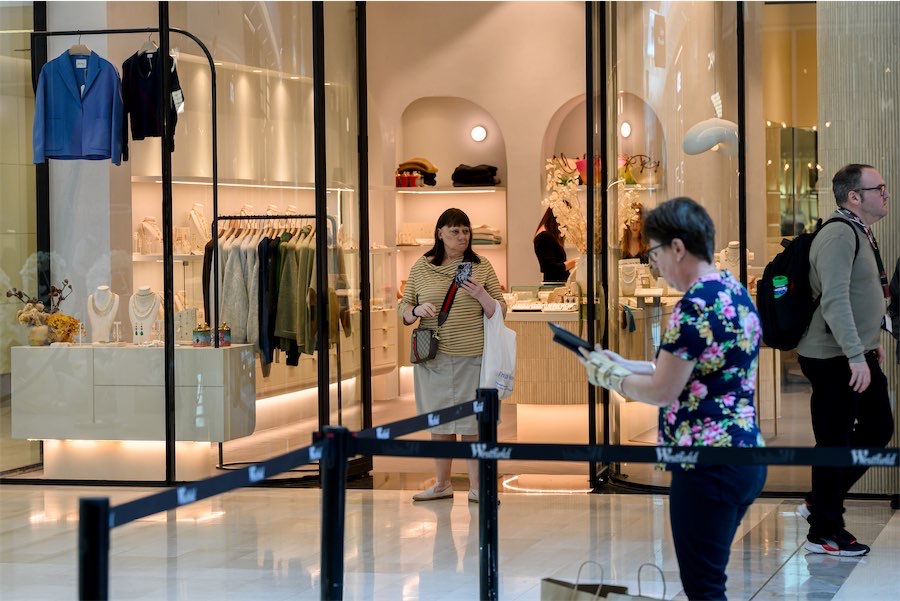THE media launch yesterday for the new Ramayana exhibition at the National Gallery of Australia, bore all the earmarks marks of a diplomatic event.
Director of the Gallery Gerard Vaughan welcomed the very new Indian High Commissioner Navdeep Suri and his staff, representatives from the National Museum in New Delhi, Commonwealth arts ministry reps and officers from the Department of Foreign Affairs and Trade, as he praised the new cultural collaboration between the two countries.
The exhibition, he said, had been initiated by his predecessor, Ron Radford after the signing of the Australia-India Memorandum of Understanding on Arts and Culture during Prime Minister Narendra Modi’s visit to Australia in November 2014.
For the exhibition was no ordinary show, with implications far beyond the beauties of the 101 Indian miniatures on show.
Indeed, after a preamble in which Dr Vaughan praised the quality of the artwork, the curating, the catalogue, (essential reading for kids, he thought) and the likelihood that this would be the first of many such collaborations, it was time for the High Commissioner to deliver a speech that he quite plainly knew it was going over the heads of some of the arts people present. Maybe, he suggested, we all thought he was delivering the “wrong speech”, but he wasn’t.
The High Commissioner too was all diplomacy, full of compliments for staff at the NGA as “great hosts,” and saying, “Today, this landmark agreement comes to life, and demonstrates our readiness to partner with countries in our region and celebrate the arts.”
But what really interested Mr Suri about the story of the Ramayana was the way it exemplified India’s outreach to Southeast Asia in ancient times, during what he called a “quasi imperialist dynasty”, bringing the story into places as far as afield as Malaysia, Cambodia and Indonesia.
And it was time to bring that cultural expansion into the modern era by “making up for lost time in India-Australia relations”.
Happily, he noted, there been back-to-back visits by our two prime ministers and now, in his view, the two countries were now “both rowing in the same direction.”
It was, he said, time to step up to a better economic relationship and with a burgeoning middle-class in India, his country could well provide a new market for Australia, including in the area of strategic research collaboration.
Returning to the Ramayana, Mr Suri said the story had messages for the contemporary world. Set around idealism, it asked the question, “What is the model King?” setting very high benchmarks and expectations for rulers 2500 years ago. “It’s up to us to match up,” the High Commissioner said.
It was left to the joint secretary, Ministry of Culture and director- general at the National Museum in New Delhi, Mr Sanjiv Mittal, to return to artistic matters, as he described to several different schools of miniature painting, and suggested that this exhibition was a perfect way of introducing Indian culture to the Australian public through its story of compassion and righteousness.
It hadn’t been an easy task to select the works, Mr Mittal explained. After all, the museum held approximately 17,000 objects and had to whittle them down to 101 for the show. “We are delighted to share with all Australians the story of Ramayana, one that transcends generations and is reflective of our rich and deep culture”, he said.
As the diplomatic good-news event continued, “CityNews” took a moment to walk through the beautiful and often highly entertaining exhibition and mused that the one thing which hadn’t been mentioned was the elephant in the room, the sculpture of the Dancing Shiva.
Perhaps this collaboration that Dr Vaughan hoped would be the first of many, was a way of putting to rest a very unpleasant episode in the NGA’s history.
“The story of Rama: Indian miniatures from the National Museum, New Delhi”, National Gallery of Australia’s Orde Poynton Gallery, until August 23. Free admission.
Who can be trusted?
In a world of spin and confusion, there’s never been a more important time to support independent journalism in Canberra.
If you trust our work online and want to enforce the power of independent voices, I invite you to make a small contribution.
Every dollar of support is invested back into our journalism to help keep citynews.com.au strong and free.
Thank you,
Ian Meikle, editor





Leave a Reply